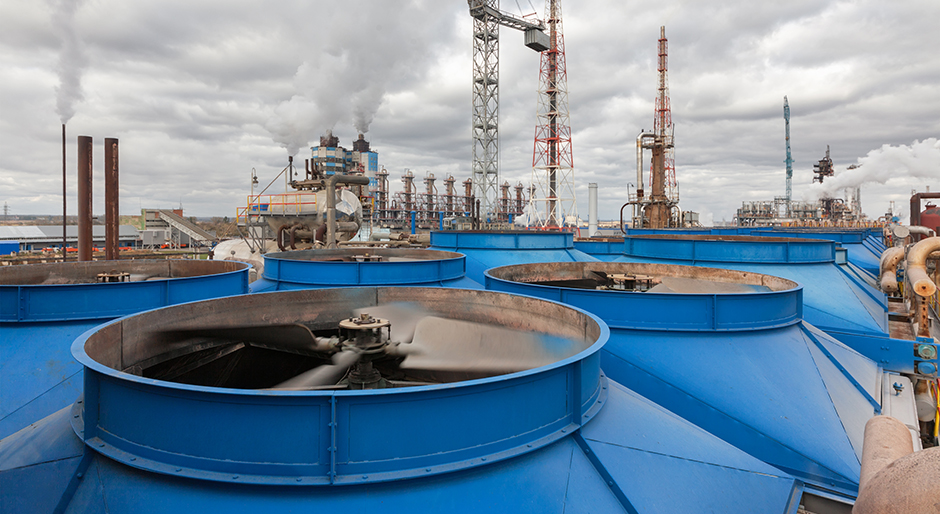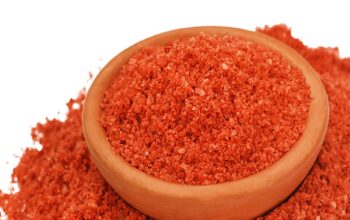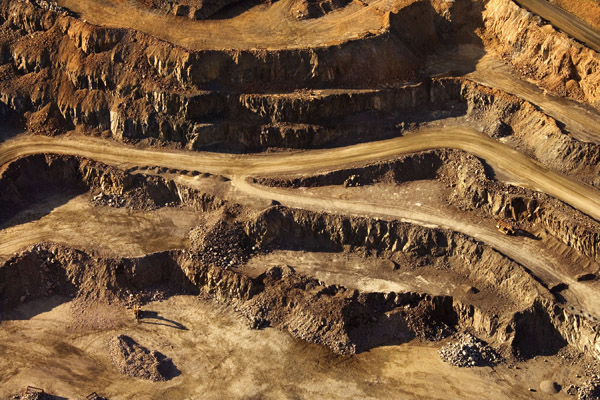This report broadly analyzes global nitrogen fertilizer market to shed light on critical aspects such as the market dynamics, competitive strategies, and regional / leading company analysis. Although COVID-19 pandemic and coincidental calamities may indicate a grim future for the global fertilizer market over 2021, in reality, market fundamentals remain surprisingly strong and beneficial outcomes may be in the offing.
Ammonia, the world’s largest chemical manufactured, with almost 160 million tpy being produced, is by a large margin used as nitrogen fertilizer. In comparison to a relatively dismal 2019, retail fertilizer prices in the US have continued to be generally mixed in the last quarter of 2020, as throughout the whole year, according to DTN. The prices of five of the eight major fertilizers were down from October 2020, but none were lower by more than 5%. Three fertilizers were slightly higher in price compared to last month, but again none were up a sizeable amount. CF Industries said an improving farm economy in the US would drive healthy plantings for corn and other crops in 2021. This, in turn, supports demand for the company’s nitrogen fertilizer. The fertilizer giant predicts US farmers will plant 90 million acres of corn in 2021, while also increasing wheat and canola acres.
Government agencies and analysts also expect bumper crops in many parts of the world in 2021. For example, in August 2020, the US Department of Agriculture (USDA) published an optimistic outlook for US corn and soybeans crops, forecasting a record high of 15.3 billion bushels of corn, 12% higher than 2019, while soybean fields were expected to yield 25% more than in the previous year. And these record crops are good news for fertilizers. In its 2Q20 quarterly report, Eurochem noted that while flat ammonia prices in 1Q20 were weak, urea is expected to be in strong demand from Latin America and India throughout 2H20 and into 2021.
Although the spate of Greenfield construction over the previous decade has largely dissipated, several major nitrogen projects are still underway. Gulf Coast Ammonia (GCA) has begun construction of its state-of-the-art ammonia plant, including a 1.3 million tpy plant and adjacent deep-water port, in Texas City, US. Production of nitrogen-based fertilizers and specialty chemicals that will target both domestic and international markets is expected to begin by mid-2023. Petrobras, the state-owned Brazilian giant, has dominated nitrogen fertilizer production in the South American country. The oil company operated Tres Lagoas (1,2 million tpy of urea), the Fafen-SE (657 000 tpy of urea and 456 000 tpy of ammonia) and Fafen-BA (475 000 tpy of urea and 474 000 tpy of ammonia). To offload money-losing assets, the heavily indebted company leased, in late 2019, the latter two plants to Proquigel Qimica. With fertilizer demand in Argentina growing, Nutrien and REpsol YPF have been expanding – by upgrading and installing additional modules – their Profertil fertilizer plant with the aim of increasing the plant’ ammonia and urea production capacity.
Across the Atlantic, in North Africa, the Egyptian chemical and fertilizer manufacturer NCIC also contracted Thyssenkrupp to aid in the building of a new ammonia plant at its Ain EL Sokhana complex near Cairo. Upon completion in 2022, the new plant will have the capacity to produce 380 000 tpy of urea, 440 000 tpy of ammonia and 300 000 tpy of calcium ammonium nitrate to be sold both domestically and internationally. Meanwhile, in Nigeria, pre-production testing was started at the ALiko Dangote complex in February 2020. Once it is fully operational, the US2$ billion complex will have four trains that will produce 3 million short tpy of urea 1,5 million and short tpy of ammonia to be sold both domestically and in neighboring African countries. Finally, in Europe, ANWIL’s expansion of its nitrogen capacity at its facility in Wloclawek, Poland, has reached the midway point. Three new modules – a 1200 tpy nitric acid unit, an ammonium nitrate solution unit, and a drum granulation unit – will increase total fertilizer capacity by about 50% when they come on-stream in 2022. In order to achieve optimum environmental performance, this largest Polish manufacturer of fertilizers has acquired and installed the Thyssenkrupp’s EnviNOx technology to convert nitrogen oxide into nitrogen, oxygen and water, thus reducing emissions by around 4200 tpy (the equivalent of 1 million tpy of carbon dioxide).




